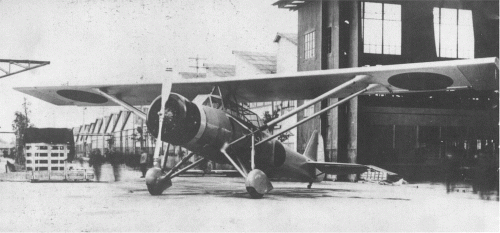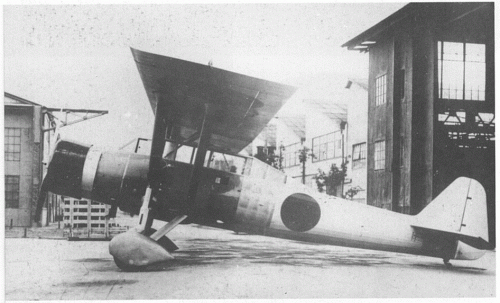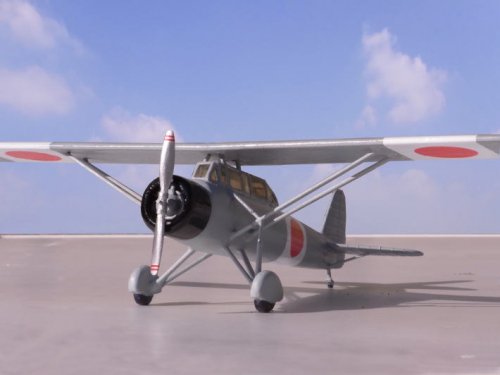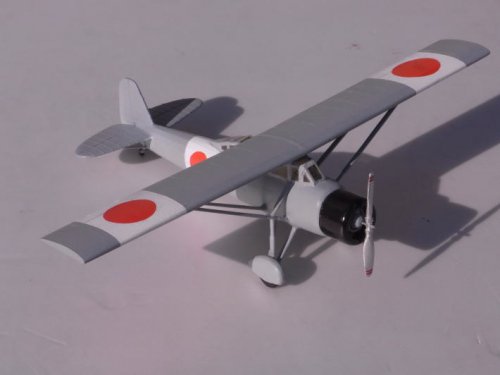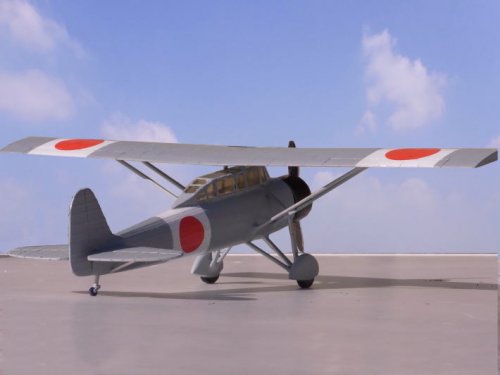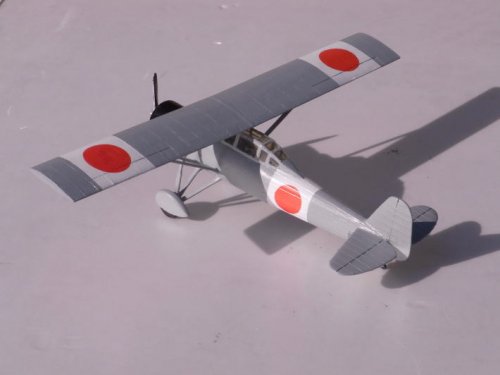Gentlemen, good afternoon, from South America.
Someone can give me more data about this aircraft
Experimental?
Listed as Kugisho or Yokosuka. It`s similar a the german "storch" (for my), but with a radial engine and wing profile much wider.
Thanks, folks.
The data that I have are the No. 2 volume of Encyclopedia of Japanese Aircraft 1900-1945

I've been told I can find information about this plane in the following book:
Title of the book = Nippon koukuki daizukan (Japan aircraft large illustrated book),
Publishing company = Kokushokankoukai (Japanese book publication society),
Website of the publishing company
http://www.kokusho.co.jp/np/isbn/9784336033468
anyone knows this book and where I can locate it? there are three views of MXY1!
Someone can give me more data about this aircraft
Experimental?
Listed as Kugisho or Yokosuka. It`s similar a the german "storch" (for my), but with a radial engine and wing profile much wider.
Thanks, folks.
The data that I have are the No. 2 volume of Encyclopedia of Japanese Aircraft 1900-1945

I've been told I can find information about this plane in the following book:
Title of the book = Nippon koukuki daizukan (Japan aircraft large illustrated book),
Publishing company = Kokushokankoukai (Japanese book publication society),
Website of the publishing company
http://www.kokusho.co.jp/np/isbn/9784336033468
anyone knows this book and where I can locate it? there are three views of MXY1!

